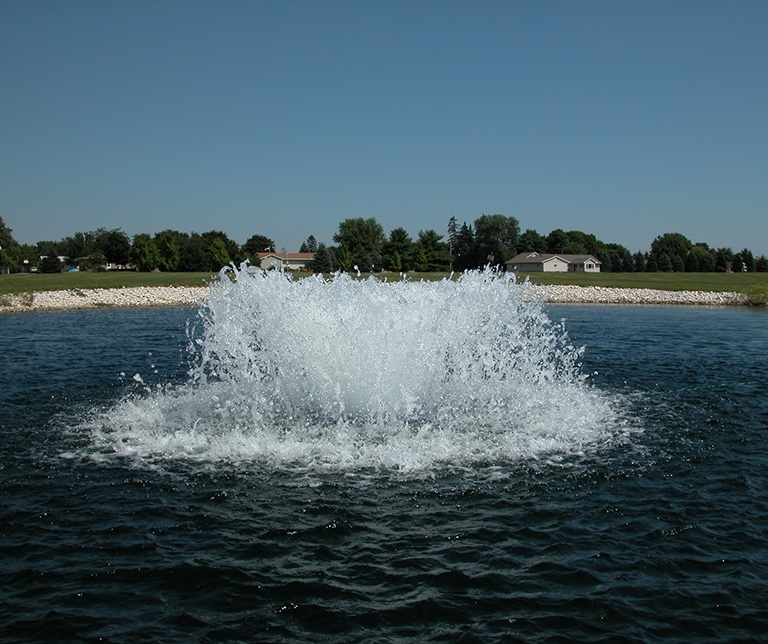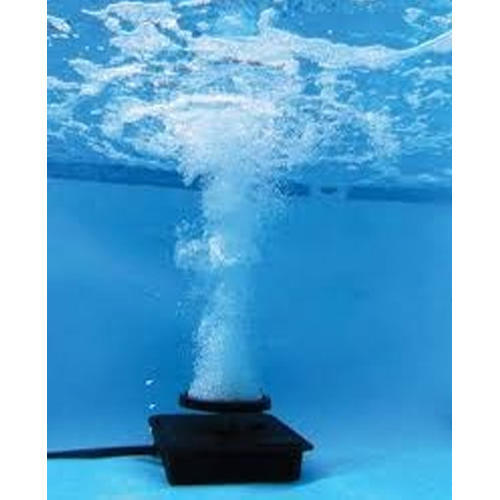Ecological Engineering Lake Restoration
There are many chemical treatments that can be used to restore lakes. These methods are not effective in reducing sediment levels in the lake. For example, stabilization treatments use metal particles coated in sticky materials to keep sediment in the lake's bottom. These methods should not be confused with physical efforts. Although chemical treatments are not effective in habitat restoration, they can be used to control algal blooms and eradicate invasive plants.


